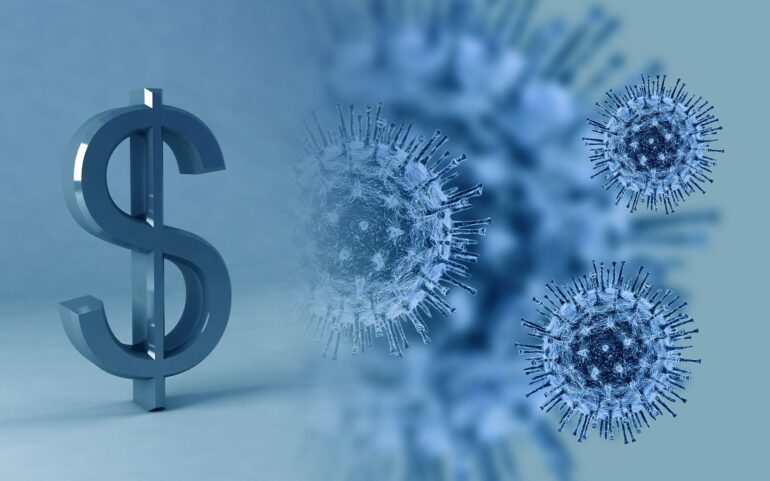TL;DR:
- A $3.7 million NIH grant supports a multi-institutional research team at Texas A&M University and the University of Iowa.
- Deep learning technology is employed to analyze X-ray and CT images for studying the long-term progression of COVID-19.
- The research focuses on identifying subtypes of post-COVID lung progression phenotypes.
- This knowledge will aid in tailoring appropriate care measures for long-COVID patients.
- The deep-learning model distinguishes post-COVID-19 subjects from healthy subjects and categorizes post-COVID-19 subtypes.
- Unlabeled patient images are used to enhance the model’s accuracy in diagnosing and understanding disease progression.
- A longitudinal human subject study plans to track post-COVID-19 individuals for 48 to 60 months, further refining the deep-learning model.
Main AI News:
In a significant stride towards unraveling the complexities of COVID-19, a multi-institutional research consortium, backed by a generous $3.7 million grant from the National Institutes of Health (NIH), is harnessing the power of deep learning technology to analyze X-ray and CT images. Spearheaded by teams at Texas A&M University and the University of Iowa, this pioneering endeavor aims to shed light on the long-term progression of the virus.
At its core, this groundbreaking initiative revolves around the development of self-supervised deep learning technologies. These cutting-edge tools are being engineered to discern various subtypes of post-COVID lung progression phenotypes. The ultimate goal is to leverage this knowledge to chart the most effective course of treatment for individuals grappling with the aftermath of COVID-19, commonly referred to as long-COVID patients.
The innovative deep-learning model being deployed is designed to sift through X-rays and CT scans, efficiently distinguishing between post-COVID-19 subjects and their healthy counterparts. Simultaneously, it goes a step further by categorizing these post-COVID-19 cases into distinct subtypes. This dual functionality marks a significant leap in the accuracy of disease diagnosis and understanding of its progression.
One striking feature of this research lies in its ingenious utilization of unlabeled images obtained from COVID-19 patients. By incorporating this vast trove of uncharted data into the deep-learning model’s training regimen, the research team seeks to enhance the model’s diagnostic capabilities, ensuring a more precise assessment of disease progression.
As this ambitious project unfolds, the research team is gearing up for a comprehensive longitudinal human subject study. This ongoing investigation will meticulously track post-COVID-19 individuals over a period spanning 48 to 60 months from their initial visits. The aim is to continue amassing valuable data and further refine the deep-learning model, thereby pushing the boundaries of our understanding of COVID-19’s long-term impact.
Conclusion:
This groundbreaking research, backed by substantial NIH funding, leverages deep learning to enhance our understanding of COVID-19 lung progression and its long-term impact. By developing sophisticated technologies and collecting extensive patient data, it paves the way for more precise diagnoses and improved care for long-COVID patients. This innovation could potentially lead to advancements in the healthcare market, offering tailored treatments and therapies for individuals grappling with post-COVID complications.

